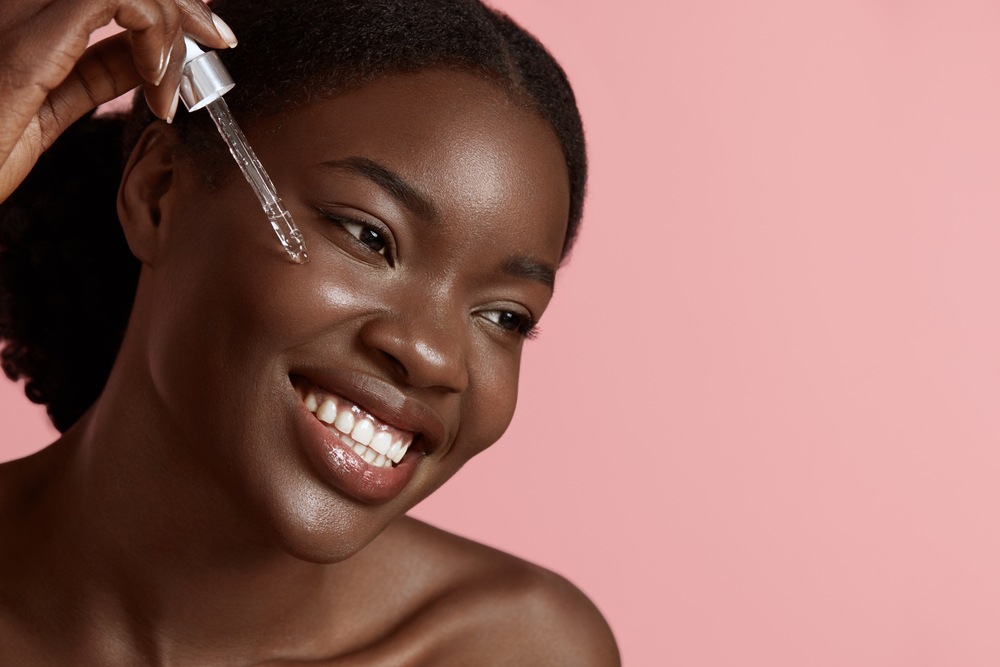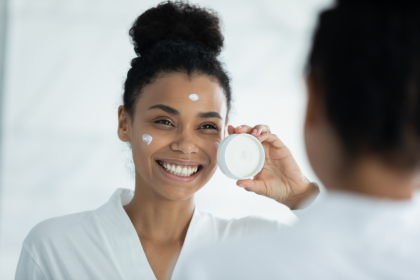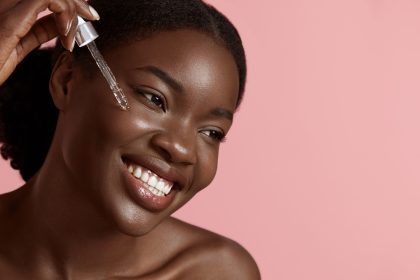You slather on vitamin C serum every morning and follow up with glycolic acid at night, chasing that coveted bright, even complexion promised by countless skincare influencers. But your quest for glowing skin might be creating invisible damage that won’t become apparent until months or years later, when hyperpigmentation, sensitivity, and premature aging reveal the true cost of aggressive brightening routines.
The brightening serum obsession has led many people to use multiple active ingredients simultaneously without understanding how they interact or accumulate in the skin over time. What starts as an innocent desire for better skin tone can evolve into a damaging cycle of over-exfoliation and barrier destruction.
Acid overload strips your protective barrier
Most brightening serums contain alpha hydroxy acids, beta hydroxy acids, or other chemical exfoliants that remove dead skin cells to reveal brighter skin underneath. While occasional exfoliation can improve skin texture, daily use of multiple acid products creates chronic inflammation and strips away your skin’s natural protective barrier.
Your skin barrier consists of lipids and proteins that prevent water loss and keep irritants out. Aggressive acid use dissolves these protective elements faster than your skin can replace them, leaving you vulnerable to environmental damage, bacterial infections, and increased sensitivity that can persist long after you stop using the products.
The cumulative effect of barrier damage from overused brightening serums often doesn’t become apparent immediately. Your skin might look glowing initially, but weeks or months of compromised barrier function can lead to chronic redness, persistent breakouts, and paradoxical darkening from post-inflammatory hyperpigmentation.
Vitamin C oxidation creates harmful free radicals
Vitamin C serums are notorious for becoming unstable when exposed to light, air, and heat, transforming from beneficial antioxidants into pro-oxidants that generate harmful free radicals. Most people don’t realize their expensive vitamin C serum has turned from skin-saving to skin-damaging simply by sitting in their bathroom cabinet.
Oxidized vitamin C appears as brown or yellow discoloration in clear serums, but many people continue using discolored products without realizing they’re applying free radical generators to their skin. These oxidized products can accelerate aging, increase hyperpigmentation, and cause irritation that undermines the very benefits you’re seeking.
The instability of vitamin C also means that layering it with other active ingredients can create unpredictable chemical reactions on your skin. Combining vitamin C with retinoids, acids, or certain preservatives can neutralize benefits while increasing irritation potential.
Retinoid interactions amplify sensitivity
Many people combine brightening serums with retinoids without realizing that this combination can create severe photosensitivity and increase your risk of sun damage. Retinoids thin the outer layer of skin while acids remove protective dead skin cells, leaving you extremely vulnerable to UV radiation.
The interaction between multiple active ingredients can also create irritant contact dermatitis that looks like allergic reactions but is actually chemical burns from incompatible product combinations. This type of damage can take weeks to heal and may leave permanent scarring or pigmentation changes.
Even when used separately, the cumulative effect of retinoids and brightening acids can overwhelm your skin’s repair capacity, leading to chronic inflammation that accelerates aging rather than preventing it. Your skin needs time to recover between treatments, but aggressive daily routines don’t allow for adequate healing.
Hyperpigmentation paradox from over-treatment
Ironically, overusing brightening serums can actually worsen the hyperpigmentation you’re trying to treat. Chronic irritation from excessive acid use triggers melanocyte activity, causing your skin to produce more pigment as a protective response to ongoing inflammation.
Post-inflammatory hyperpigmentation from brightening serum overuse often appears darker and more persistent than the original spots you were treating. This creates a frustrating cycle where you use more aggressive products to treat the darkening caused by previous over-treatment.
The inflammation from barrier damage also impairs your skin’s natural healing processes, making it harder for existing hyperpigmentation to fade naturally. Healthy skin can gradually lighten dark spots through normal cellular turnover, but damaged skin struggles to complete these repair processes effectively.
Safe brightening requires strategic restraint
Use only one active brightening ingredient at a time, allowing your skin to adjust before adding additional products. Start with lower concentrations and gradually increase strength only if your skin tolerates the current level without irritation.
Pay attention to signs of over-exfoliation including increased sensitivity, persistent redness, burning sensations, or worsening breakouts. These symptoms indicate barrier damage that requires treatment suspension and gentle recovery protocols.
Store vitamin C serums properly in cool, dark places and replace them immediately if they change color or develop off odors. Consider more stable vitamin C derivatives if you live in hot climates or have trouble maintaining proper storage conditions.
Allow rest days between active treatments to give your skin time to recover and rebuild its protective barrier. Healthy skin responds better to brightening treatments than compromised skin that’s in constant repair mode.
Focus on gentle, consistent approaches rather than aggressive daily treatments. Gradual improvement with minimal irritation produces better long-term results than dramatic initial brightening followed by damage and setbacks.













